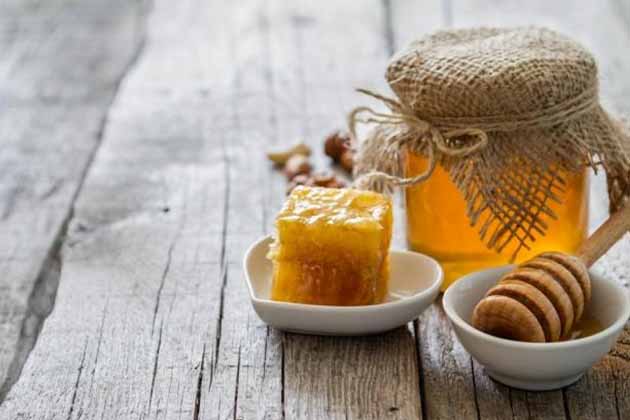What’s all the buzz about honey?

People have been drawn to the taste of honey for as long as bees have been building hives. With its popularity rising among consumers, honey is appearing on product labels for everything from yoghurts to alcoholic beverages.
Meanwhile, public interest in beekeeping has significantly grown in recent years, with the number of beekeepers doubling between 1990 and 2010 to reach 20,000. In fact, there is an increasing number of restaurants installing their own beehives – exemplifying honey’s newly coveted status. As a flavour, it appeals to consumers’ desire for something sweet, while also addressing nutritional demands as an ingredient – hence all the buzz!
Sweet on honey
Honey is currently excelling in a wide range of categories including dairy, breakfast cereals, snacks, bakery, desserts and ice cream, as well as sauces and dressings. In fact, Mintel GNPD data from July 2016 shows that the number of new product launches featuring honey or honeycomb as a flavour, has grown year on year for the last five years . Now a regular feature on many restaurant menus and a key influence on regional cuisines, honey is crossing the borders between different applications. Savoury categories, such as meat, fish and egg, for example, experienced a sizeable increase in new product launches featuring honey in 2015 and 2016 , demonstrating honey’s versatility as a flavour.
The rising prevalence of honey in food and beverage products continues to increase thanks to consumer preferences for more natural, clean label products that taste great. As a result, honey is the perfect sweetener and flavour enhancer for consumers looking for a natural alternative to refined sugar, while also delivering an impactful and indulgent taste.
A world of honey
When it comes to flavour, colour and even aroma, no two honeys are alike. Indeed, each of these characteristics is dependent on the species of flower visited by the honey bee. Chestnut honey for example is dark in colour and possesses a woody aroma and a more bitter taste profile. Meanwhile, sunflower honey appears yellow, with a floral and fruity aroma and medium sweetness. This means honey is remarkably versatile, representing unlimited opportunities for manufacturers. This affords manufacturers a great deal of creativity, amplifying or toning down sweetness and floral notes depending on the application type. With hundreds of different honey varietals available, I headed to Warwickshire to visit a local apiary and discover more about this highly complex flavour.
Straight from the hive
isiting the apiary was truly fascinating – and tasting honey straight out of the hive is pretty special! In anticipation for creating Synergy’s brand new honey range, we collected samples of various hive products, representing every part of the honey making process. These were later used for in-depth testing and analysis at Synergy headquarters. The samples included:
Rapeseed: this type of honey is produced by bees feeding on oilseed rape floral. Often white to yellow in colour, or white to dull ivory after crystallisation, rape honey is known for its superior taste and floral, fruity aroma. It is also recognised for its low sweetness.
Borage: a specialty in East Yorkshire, UK, borage honey is derived from a widely spread wild flower of the same name. Clear and pale in colour, the honey possesses a very distinctive, light, sweet taste and subtle fragrant aroma.
Beeswax: a natural wax produced by honey bees to build honeycomb, the foundation of the hive. Varying in colour from white to brown, but most often yellow, beeswax has a subtle and natural aroma. As a result, it is often used as a food additive or glazing agent in food.
Propolis: dark honeycomb often contains propolis and is sometimes referred to as “bee glue”. While its colour varies depending on the botanical source, it is most commonly dark brown and can impart a strong taste in honey.
Did you know?

One hive can produce 60lb (27kg) or more in a good season. However, an average hive would yield around 25lb (11kg) surplus.
Bees fly approximately 55,000 miles to make just one pound of honey. That’s 1½ times around the world!
In 594/593 BC, beekeeping around Athens become so commonplace that a law was passed requiring hives to be placed at least 300 feet away from each other!
insights

